Back in the mid-1990s, long before the Internet made us all lazy by giving instant access to information (and of course photos) on almost anywhere and anything we could possibly be interested in, the only way to find out about the wonders of Taiwan was through books.
English-language publications covering the country (apart from Lonely Planet Taiwan, which then, as now, barely skimmed the surface) were non-existent. Even tourist literature about anything more obscure than Alishan (阿里山) and Sun Moon Lake (日月潭) was rare as hen’s teeth. So, discovering a series of very detailed Chinese-language guides in the mid 1990s that covered Taiwan in a series of six thick tomes suddenly offered a glimpse of previously unknown riches. At the same time, it doubled as a huge impetus to improve my Chinese language skills.
Distant descendants of those wonderful old books can still be found in local bookshops today in the form of a series of 17 rather slimmer volumes, each covering one or two of Taiwan’s 22 counties. It’s a sign of the times, however, that while those original 1990s books were mostly text, with black-and-white photos and very basic (and often very wrong) hand-drawn maps, today’s product is full color, photo-heavy but lacking in detail — although it does come with the best generally available maps that I’ve found to date. These books are easily found in the travel section of most local Chinese-language bookshops — look for the books with the sunshine yellow spines printed with chunky white and orange characters.
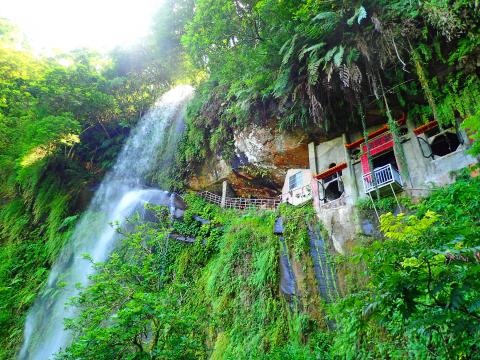
Photo: Richard Saunders
TEMPLE IN A CLIFF
The first volume in that old, dog-eared, series of black-and-white books that I treasure to this day covered the area around Taipei, and introduces many fascinating places, several of which are now almost forgotten. One of those, Silver Stream Cave (銀河洞), is pretty well-known these days, but was rarely visited in the 90s, when the trail was less well maintained. When I first read the description, I was sure my shaky Chinese skills had got it wrong. The blurb described the place as a crack in a tall cliff over which poured a high waterfall, with a small temple built into the cracks in the cliff behind the cataract.
My interest thoroughly aroused, I boarded a bus to Xindian (there was no MRT in those days) at the first available opportunity, and followed the vague lines of the hand-drawn sketch map in the book. In my attempt to find this curiosity that sounded so fascinating on paper, I thrust the characters for “Silver Stream Cave” at any locals I could find to ask for directions.
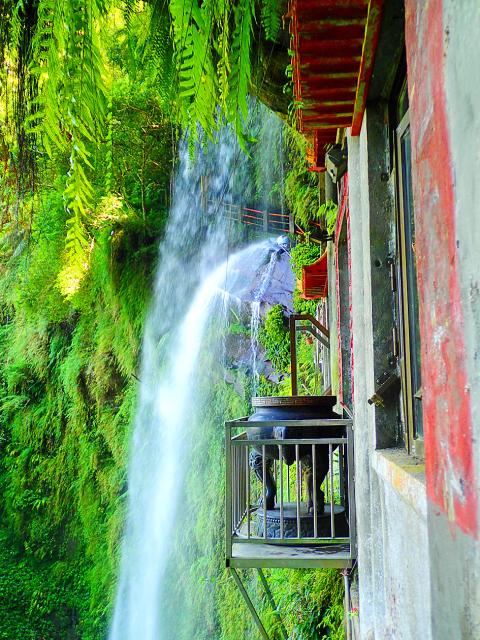
Photo: Richard Saunders
And yes, when I finally stood inside the cave, looking out through the veil of falling water, I found my translation of the hieroglyphics in the book wasn’t so far out. Silver Stream Cave is perhaps the most unusual and arresting natural and cultural curiosity in the immediate vicinity of Taipei city. The bare, unpainted concrete and shiny bathroom tiles of the temple make it anything but beautiful in itself, but its unlikely location makes it a fascinating and unique place.
The cave is now an easy and quick escape from the city, thanks to the MRT and a frequent bus service. From the last bus stop, at Zhongsheng Bridge (中生橋頭站), follow the main road (Highway No. 9) beside a small river for about 10 minutes, and at the hairpin bend, continue straight ahead along a narrow lane, uphill, for another kilometer. Finally, a signpost on the right marks the trailhead, and a path of almost 500 steps climbing beside the cascading stream. In less than 10 minutes the waterfall and the little temple behind come into view above.
A final flight of stone steps climbs to the front door of the temple, passing a viewing platform right beside the tall waterfall (which is definitely best seen after heavy rain — it’s underwhelming in dry weather). Walk through the temple (a series of cramped chambers with the natural rock of the cleft for a back wall) and at the end a path continues to follow the long natural overhang in the sheer cliff, passing behind the waterfall and finishing at a small natural cave with a large statue of Lu Dongbin (呂洞賓), one of the Eight Immortals (八仙) of the Taoist faith.

Photo: Richard Saunders
Lu Dongbin is the most famous god worshiped at nearby Zhinan Temple (指南宮), one of Taipei’s biggest and most popular places of worship, high in the hills above Muzha, and reachable by a fine walk over the hills from Silver Stream Cave.
ON TO MAOKONG
Take the path on the right just below the temple, pass some rather basic toilets and climb stiffly to the top of the waterfall, where the trail rejoins the stream. In about five minutes the path crosses the little brook by a bridge. Ignore this, and bear right on a dirt trail up a steep bank, still following the right bank of the stream through thick forest. Shortly the trail crosses the stream three times in quick succession (there are no bridges, but it’s easy to cross dry-shod unless the stream is running unusually high), and then climb, at first gently, then later more steeply, through the jungle to the top of the ridge.
There’s a rather abrupt return to civilization at the top of the ridge, in the form of a large wooden resting platform. Follow the stone steps down the far side of the ridge, first through thick forest, then through tea fields and the path emerges after about 20 minutes into Muzha’s famous Maokong (貓空) area, right opposite the upper station of the Maokong Gondola (貓空纜車).
A ride on the cable car is a great way to end the hike, but before riding it to the next stop (for a look at Zhinan Temple), or all the way down to Muzha MRT station, be sure to join everyone else in Maokong’s most famous activity: sipping a cup of pouchong tea (包種茶) in one of the many tea houses spread out along the road near the Gondola terminus.
Richard Saunders is a classical pianist and writer who has lived in Taiwan since 1993. He’s the founder of a local hiking group, Taipei Hikers, and is the author of six books about Taiwan, including Taiwan 101 and Taipei Escapes. Visit his Web site at www.taiwanoffthebeatentrack.com.

With one week left until election day, the drama is high in the race for the Chinese Nationalist Party (KMT) chair. The race is still potentially wide open between the three frontrunners. The most accurate poll is done by Apollo Survey & Research Co (艾普羅民調公司), which was conducted a week and a half ago with two-thirds of the respondents party members, who are the only ones eligible to vote. For details on the candidates, check the Oct. 4 edition of this column, “A look at the KMT chair candidates” on page 12. The popular frontrunner was 56-year-old Cheng Li-wun (鄭麗文)
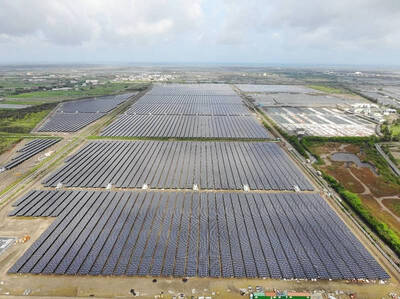
“How China Threatens to Force Taiwan Into a Total Blackout” screamed a Wall Street Journal (WSJ) headline last week, yet another of the endless clickbait examples of the energy threat via blockade that doesn’t exist. Since the headline is recycled, I will recycle the rebuttal: once industrial power demand collapses (there’s a blockade so trade is gone, remember?) “a handful of shops and factories could run for months on coal and renewables, as Ko Yun-ling (柯昀伶) and Chao Chia-wei (趙家緯) pointed out in a piece at Taiwan Insight earlier this year.” Sadly, the existence of these facts will not stop the
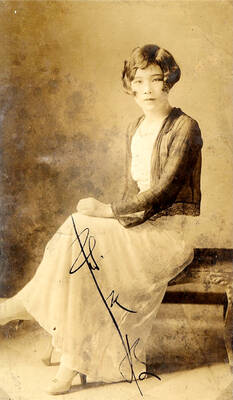
Oct. 13 to Oct. 19 When ordered to resign from her teaching position in June 1928 due to her husband’s anti-colonial activities, Lin Shih-hao (林氏好) refused to back down. The next day, she still showed up at Tainan Second Preschool, where she was warned that she would be fired if she didn’t comply. Lin continued to ignore the orders and was eventually let go without severance — even losing her pay for that month. Rather than despairing, she found a non-government job and even joined her husband Lu Ping-ting’s (盧丙丁) non-violent resistance and labor rights movements. When the government’s 1931 crackdown
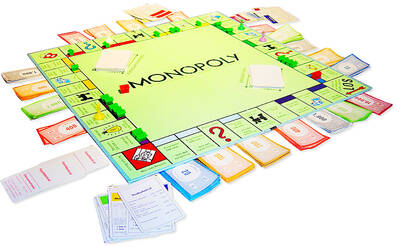
The first Monopoly set I ever owned was the one everyone had — the classic edition with Mr Monopoly on the box. I bought it as a souvenir on holiday in my 30s. Twenty-five years later, I’ve got thousands of boxes stacked away in a warehouse, four Guinness World Records and have made several TV appearances. When Guinness visited my warehouse last year, they spent a whole day counting my collection. By the end, they confirmed I had 4,379 different sets. That was the fourth time I’d broken the record. There are many variants of Monopoly, and countries and businesses are constantly